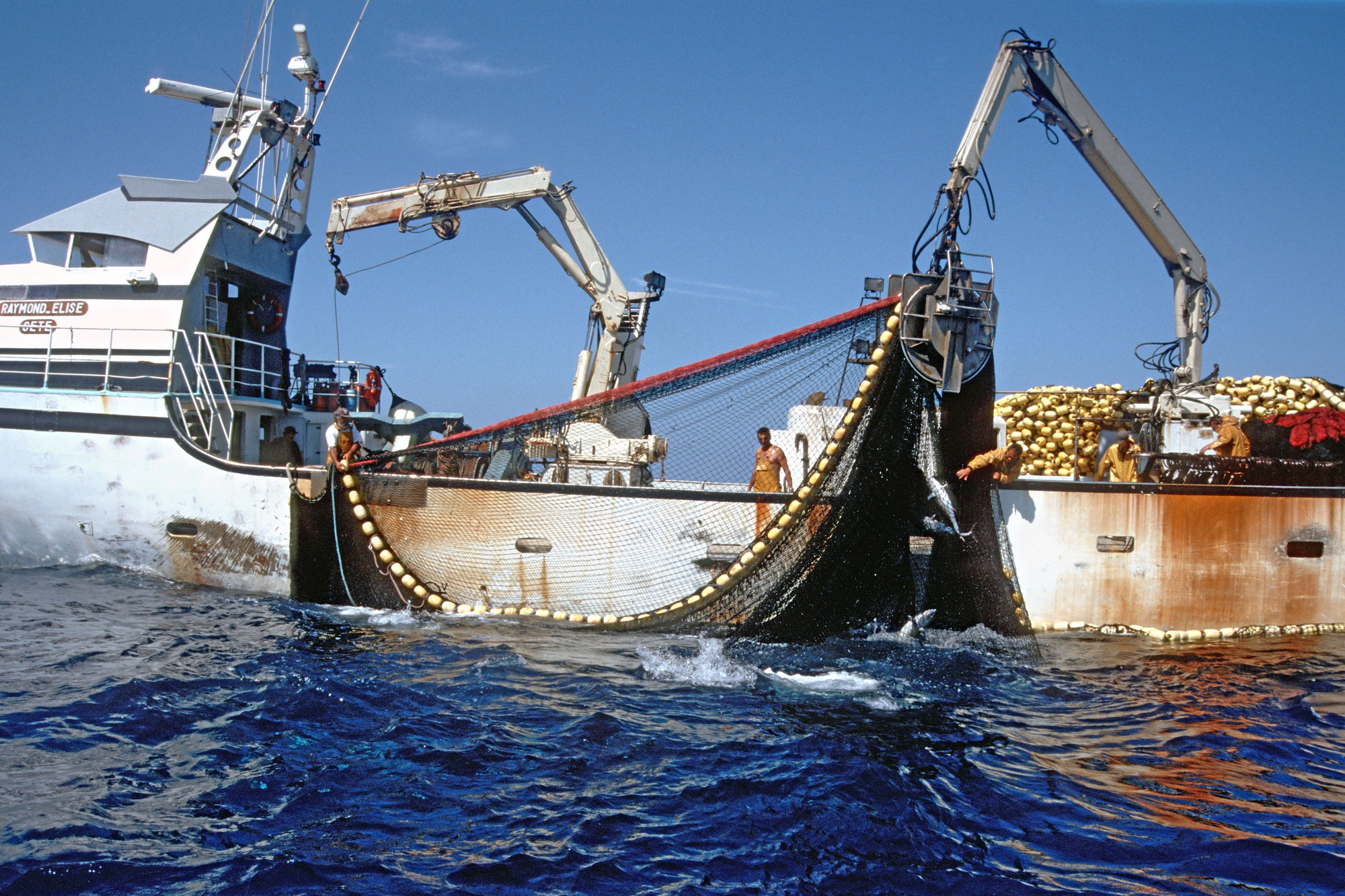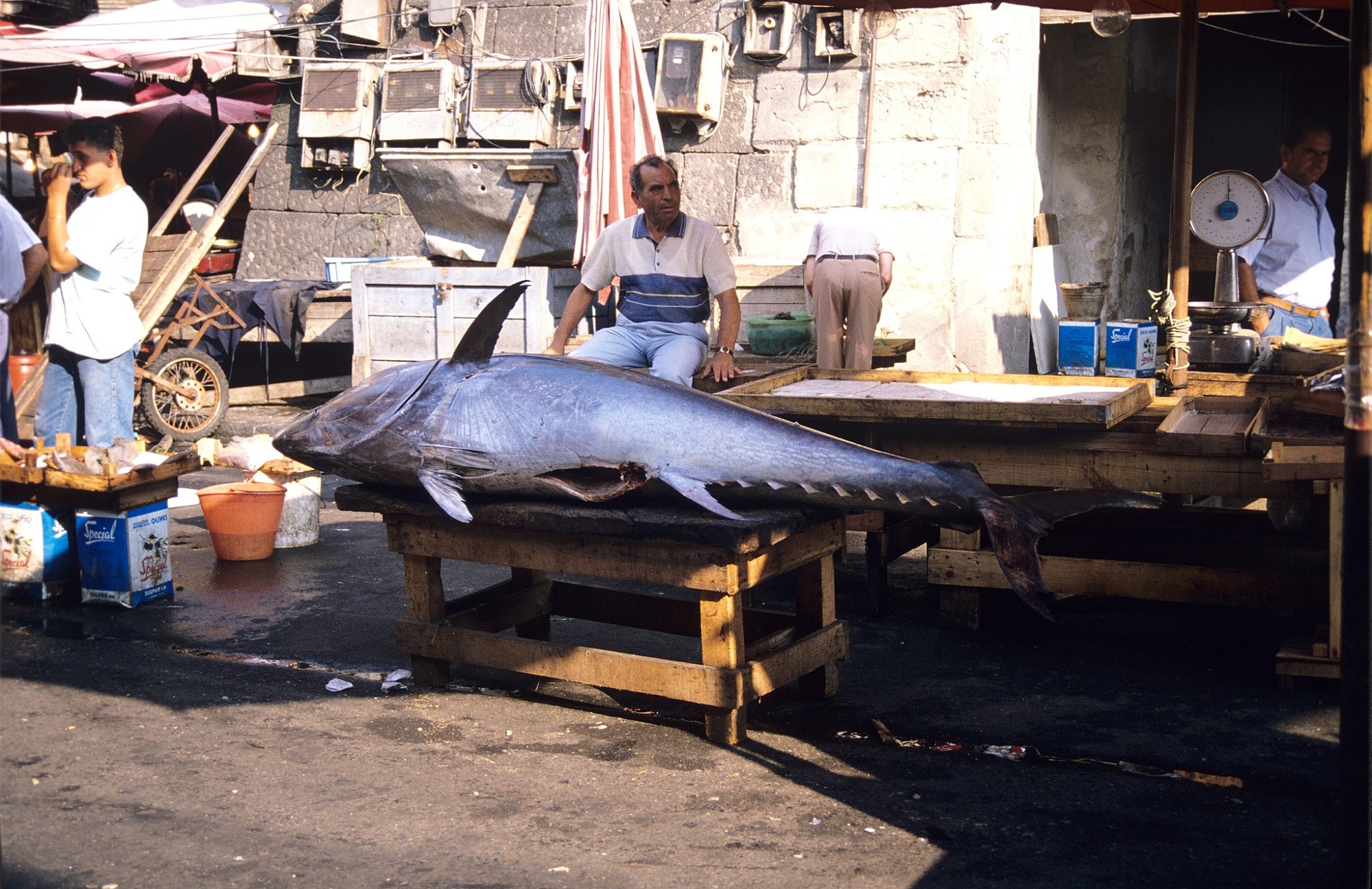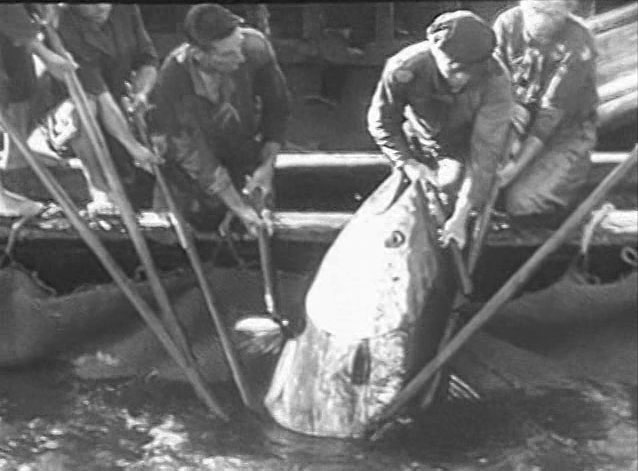How are bluefin tuna caught?
- Home
- Actualités
- 5. How is tuna caught?

Highly effective capture techniques
Bluefin tuna are caught by trawl, hook (handline, troll, longline) or in “traps” (fixed traps near the coast) but they are mostly caught by tuna seiners. In the Mediterranean, more than 90% of bluefin tuna catches are made using this method. These hypersophisticated, powerful and fast industrial fishing vessels (speeding at 16 knots or 50 km/h) are capable of detecting shoals thanks to state-of-the-art electronics (radar, sonar). They deploy the “seine”, a gigantic net dropped in an arc that can cover up to 20 hectares at sea, and catch the quota allocated to them in just a few days.
This method raises questions because it targets large individuals that come to breed in specific areas (especially around the Balearic Islands, Sicily and Malta) over short periods (mid-May to mid-July). Not only does it literally “empty” the marine environment, but it also harms non-targeted and highly endangered species (manta rays, turtles, sharks, cetaceans), especially since many tuna vessels use fish concentrators. (FADs), intelligent floating systems that attract fish and remotely inform vessels of the amount of fish present. In this case, by-catches may represent 5% of the fishery.
A fishery considered unfair
In the Mediterranean, many consider industrial seine fishing to be unfair, with a few large vessels sharing out almost all the quota to the detriment of small vessels which are now demanding greater access to the resource.
Bluefin tuna is also subject to a recreational or sport fishing (when you are affiliated to a federation), which is extremely well regulated, with a ban on the sale of fishing products. For the year 2020, the quota allocated to recreational fishing in France is 60 tonnes. In Monaco, the conditions for catching bluefin tuna are laid down by
sovereign ordinance
.

A traditional fishing scene immortalized by Rossellini







